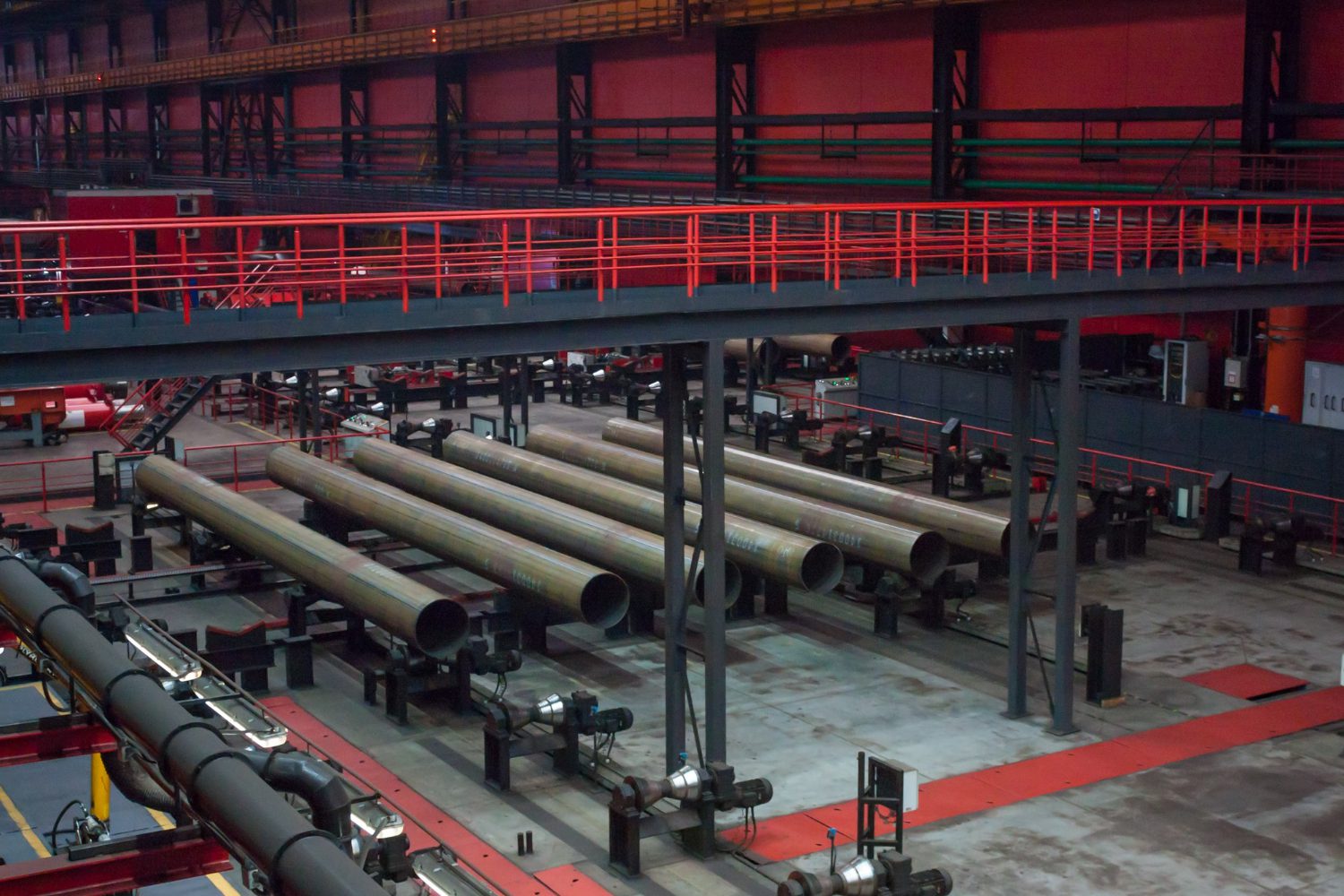800-764-7473
Local 208-324-2142

Oilfield pipes are vital in extracting oil and gas from the earth’s crust. These pipes are designed to withstand extreme temperatures and pressure, making them essential to any oil drilling operation. Two of the most commonly used oilfield pipes are oil casing and oil drill pipes. While they may look similar, they have distinct differences that make them suitable for different applications.
Oil casing pipes line the walls of an oil well to prevent the hole from collapsing. They are typically made of steel and have a 4.5 to 20 inches diameter. The pipe’s walls are thick and sturdy, allowing them to withstand high pressure and weight loads. Oil casing pipes also have a threaded connection at the ends, connecting them to other pipes to create a continuous casing string.
On the other hand, oil drill pipes are used to transfer drilling fluid from the surface to the drill bit at the bottom of the well. They are also made of steel and have a thinner wall than oil casing pipes. Oil drill pipes are also longer than oil casing pipes and range from 27 to 32 feet. The ends of oil drill pipes are threaded to allow for easy connection to other drill pipes.
Despite the apparent differences between oil casing and drill pipes, they are often used together in oil drilling operations. The oil casing pipe is inserted into the wellbore and cemented to prevent collapse, while the oil drill pipe transfers drilling fluid and rotates the drill bit. The drilling fluid cools the drill bit and carries rock cuttings back to the surface.
Oilfield pipes can also be classified based on their corrosion resistance level. Used oilfield pipes are often categorized into K55, J55, and N80. K55 and J55 pipes are designed to resist corrosion and are commonly used in shallow wells. N80 pipes, on the other hand, are more corrosion-resistant and are typically used in deep wells where the pressure and temperature are high.
Another critical factor to consider when selecting oilfield pipes is the type of connection used at the ends of the pipes. There are two main types of connections: threaded and coupled. Threaded connections are standard in oil casing pipes, while coupled connections are typically used in oil drill pipes. The choice of connection is determined by the specific application and the environment in which the pipes will be used.
Oil casing and drilling pipes are essential for oil drilling operations. While they may look similar, they have distinct differences that make them suitable for different applications. Oil casing pipes line the walls of an oil well to prevent the hole from collapsing, while oil drill pipes transfer drilling fluid and rotate the drill bit.
Used oilfield pipes can also be classified based on their level of resistance to corrosion and the type of connection used at the ends of the pipes. Understanding the differences between these pipes is critical to the success of any oil drilling operation and contact Bison Pipes for quality pipes.